Why Is Your Cat Using the Litter Box So Frequently? (Read This)
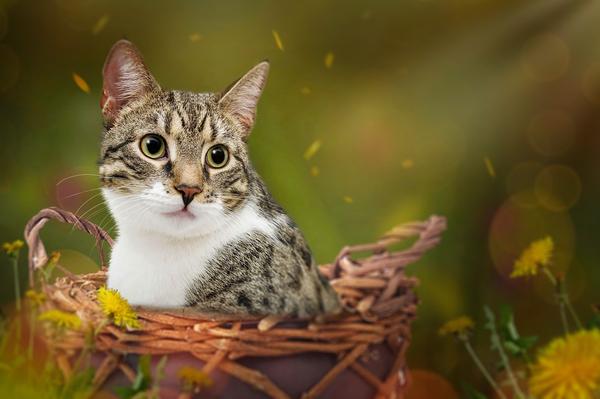
Picture this:
Your heart skips a beat as you witness your cat dutifully using the litter box AGAIN.
Anxiety washes over you. 😬
Is it something serious?
A health issue?
Will your fur baby be okay?
Take a deep breath, because I've got you covered.
Let's delve into the mystery together.
How Do I Know if My Cat Has Urinary Blockage?
If your cat shows any of the following signs, it might have urinary blockage:
- Straining or discomfort while peeing.
- Using the litter box but not producing urine or poop.
- Changes in posture or appetite.
- Stomach pain.
- Blood in the pee.
- Trouble urinating or inability to do so. 😿
Even female cats can get urinary blockages, though it's rare.
Ignoring these symptoms can lead to serious problems or even death.
So, before dealing with litter box issues, take your cat to the vet for a check-up to rule out any underlying health concerns.
Make sure you understand the difference between difficulty pooping and difficulty peeing.
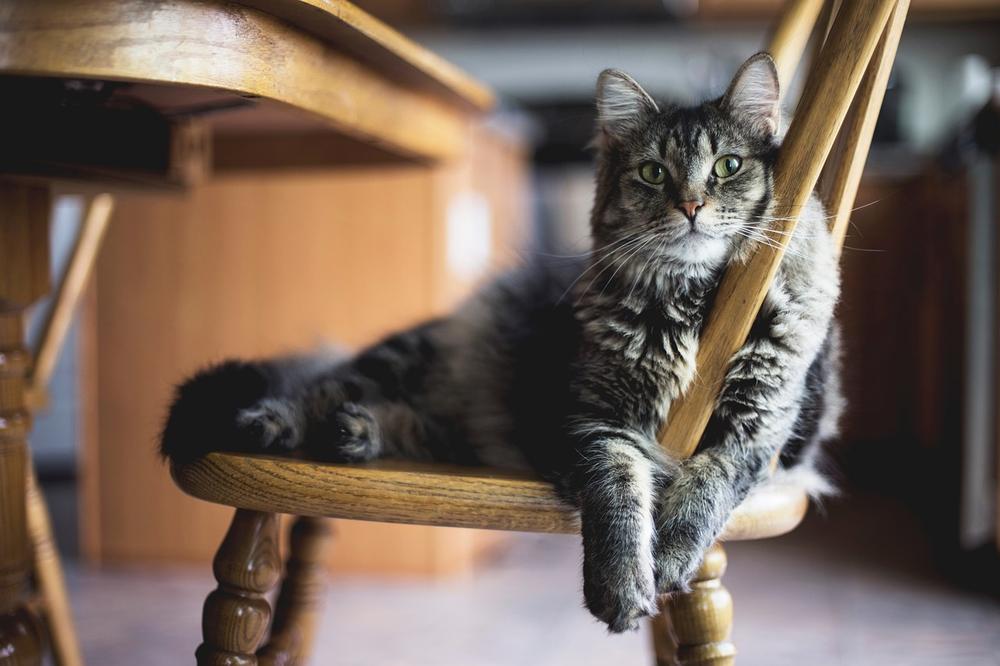
Urinary blockage caused by crystals in the urinary tract needs immediate veterinary attention.
However, urethra blockage (FUO), which could be due to bladder stones or inflammation, might require flushing or surgery.
If you suspect your cat has urinary blockage, don't wait.
Seek professional help as soon as possible.
Your vet will give you the best advice and treatment options for your cat's well-being.
Main points I'll expand upon further down this article:
- Frequent urination in cats can be a sign of various health issues.
- Bladder infections, constipation, and dehydration are common causes.
- Feline idiopathic cystitis can be caused by stress, diet, and genetics.
- Medical conditions like urinary tract infections and kidney stones can cause frequent urination.
- It's important to feed high-quality food, provide fresh water, and keep the litter box clean.
- Cranberries can help treat UTIs, but monitor the pH levels in urine.
- Understanding litter box behavior and preferences is crucial.
- Regularly changing soiled litter and using covered boxes can maintain cleanliness.
- Consider multiple litter boxes for multiple cats in different locations.
- Retraining a cat requires patience and positive reinforcement, not punishment.
Infectious Diseases That Can Lead to Frequent Urination in Cats
Discuss the possibility of bladder infection in cats with your veterinarian to address potential urinary tract infections caused by bacteria invading the urinary tract.
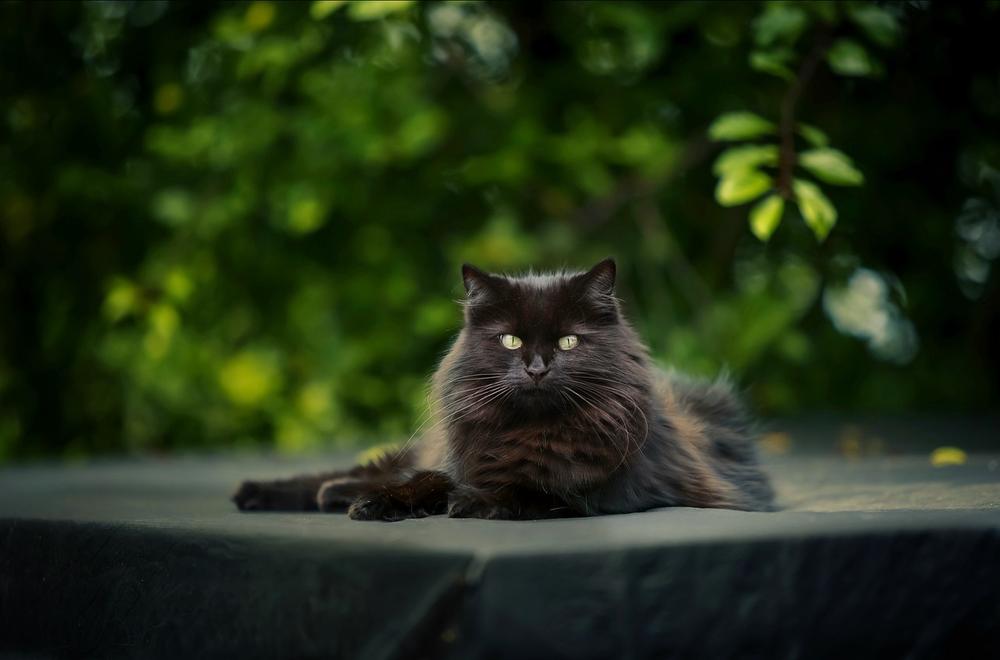
Inflammation often accompanies this condition, causing discomfort and increased frequency of urination.
To combat the infection, your vet may prescribe antibiotics as treatment.
Moreover, they might recommend specialized diets that foster urinary health and provide supplements to enhance all in all bladder function. Remember, consulting your veterinarian is crucial for accurate diagnosis and determining the most effective course of action to ensure your cat's well-being.
Noninfectious Diseases That Can Lead to Frequent Urination in Cats
You need to know about noninfectious diseases that can cause frequent urination in cats.
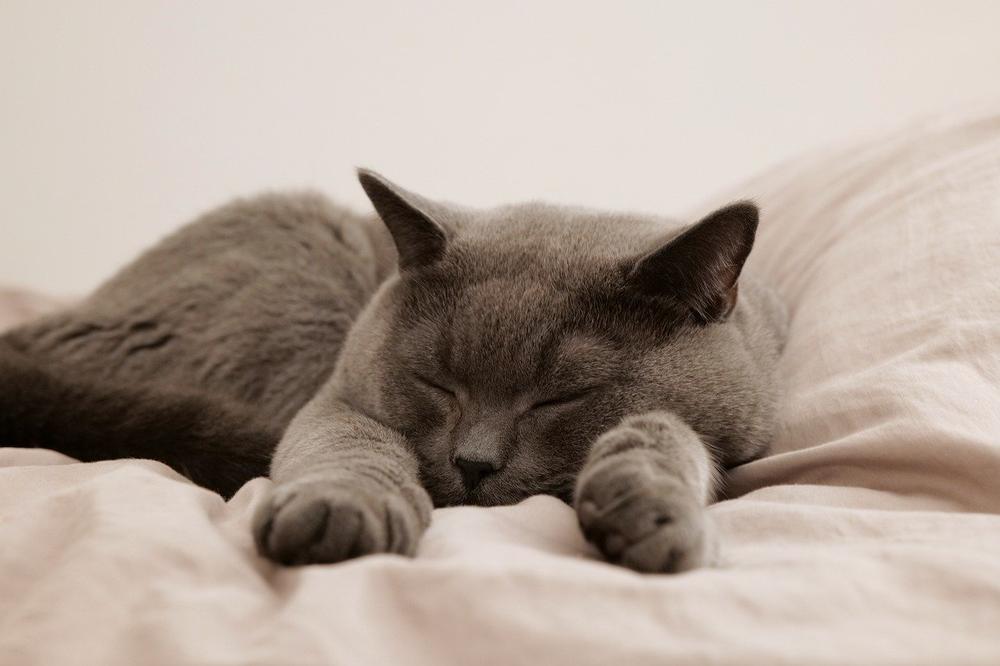
Consider these factors:
- Constipation: It can make your cat pee more often.
- Urinary tract infections (UTIs): These can make your cat pee a lot, so the vet needs to take care of it.
- Bladder inflammation: Inflammation makes your cat visit the litter box more frequently.
- Urinary blockage: This is a serious condition causing your cat significant discomfort.
- Dehydration: Lack of water makes your cat pee more as the body tries to get rid of toxins.
- Feline idiopathic cystitis (FIC): Stress, diet, genetics, medication, and calm environments can trigger this inflammation.
- Kidney stones: Painful formations increasing urine frequency.
- Itching: Cats with skin conditions may spend more time in the litter box.
If you notice your cat using the litter box often, take them to the vet to address these uncomfortable conditions known as feline lower urinary tract disease (FLUTD). 😺
And now, let me share some important tips with you on how you can monitor and manage your cat's urinary tract health at home!
How Can I Unblock My Cat’s UTI at Home?
To unblock your cat's UTI at home, here's what you need to do:
- Keep an eye on your cat's urine pH levels regularly.
- Make sure you give your cat high-quality food.
- Always have fresh water available for your cat.
- Clean the litter box regularly so your cat doesn't have urinary issues.
- Pay attention to any signs of discomfort your cat may be showing.
- Consider using cranberries as a natural remedy for your cat.
- If you do use cranberries, keep monitoring your cat's urine pH levels.
- Don't forget to consult a vet for proper antibiotics and guidance.
Prevention is crucial for your cat's urinary health.
By keeping an eye on their pH levels, providing them with good nutrition, and maintaining a clean litter box, you can lower the chances of them getting a UTI.
If you notice any symptoms or suspect a UTI, seek veterinary assistance right away.
Do NOT Miss Out: There's more valuable information about multiple cats and litter box problems further down the blog post. Keep reading for helpful insights to ensure your feline friends stay healthy and content.
And now, let's delve deeper into understanding your cat's litter box behavior and how it can impact their all in all health and well-being.
I've compiled essential factors to consider when evaluating litter box behavior, as well as potential reasons why your cat might be avoiding or using the litter box frequently.
By understanding these aspects, you can create a clean and healthy environment that promotes optimal litter box habits for your furry companion...
Understanding Cat Litter Box Behavior
| Behavior | Possible Cause |
|---|---|
| Frequent urination | Potential urinary tract infection or bladder stones. |
| Increased drinking | Could be a sign of diabetes or kidney disease. |
| Straining in the litter box | Might indicate constipation or a urinary blockage. |
| Blood in the urine | Could be a sign of a urinary tract infection, bladder stones, or even a more serious condition like bladder cancer. |
| Going in and out of the litter box frequently | Could indicate discomfort or pain while urinating or defecating. |
| Excessive grooming of genital area after using the litter box | Could be a sign of discomfort or inflammation in the urinary or genital region. |
| Vocalizing or crying while using the litter box | Might indicate pain or discomfort during elimination. |
| Accidents outside the litter box | Could be caused by a urinary tract infection, gastrointestinal issues, stress, or territorial marking behavior. |
| Straining to defecate | Could be a sign of constipation or bowel obstruction. |
| Changes in litter box habits | Can be triggered by stress, changes in the environment, or association with negative experiences. |
Understanding why your cat is using the litter box frequently is crucial for a clean and healthy living environment.
So, let's talk about it.
Let's start by considering any physical limitations or medical conditions your cat may have.
Frequent litter box use can sometimes indicate a potential health issue, like a urinary tract infection or bladder stones.
If you notice other symptoms, such as blood in the urine or crying while using the box, it's best to consult your vet.
Now, cats can be picky about their litter box preferences.
They might avoid it if the environment is unpleasant or if it isn't cleaned regularly.
Put yourself in their paws - would you want to use a dirty bathroom?
I didn't think so.
Also, some cats have specific litter preferences.
Some like clumping, others prefer scented.
It's all about finding what works best for them.
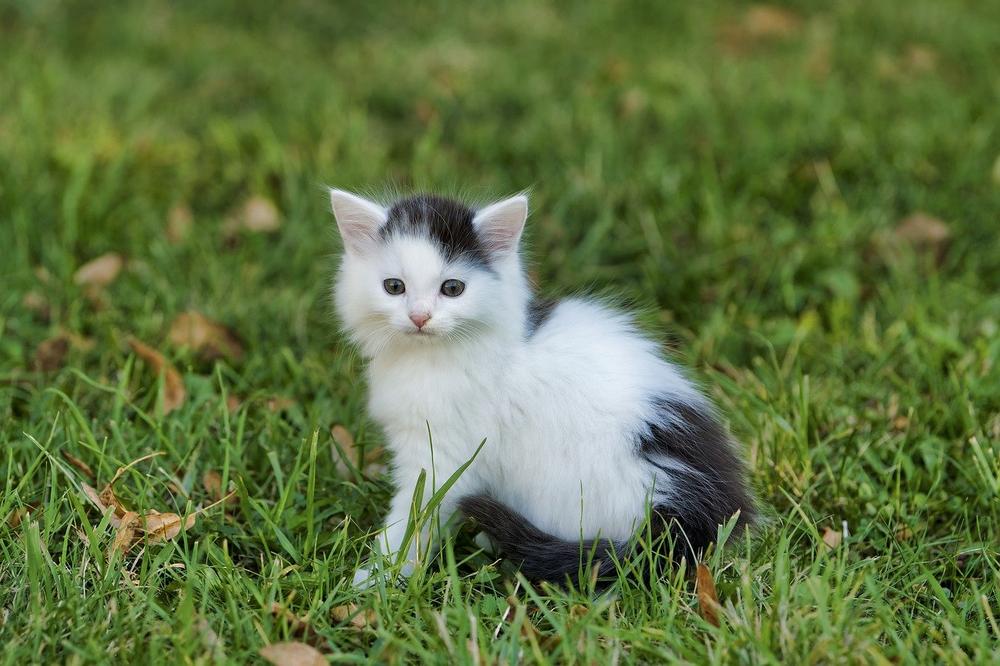
But hold on, there are other factors to consider too.
Things like curiosity, playfulness, and mimicry can influence how often your cat uses the litter box.
Here's an important tidbit of info:
Cats typically use the litter box multiple times a day.
However, situations like stress or being in a new environment can cause them to use it more frequently.
Oh, and did you know that pregnant cats sometimes choose the litter box as a spot for giving birth?
Strange but true. It's instinctual for them.
Remember this:
About 10% of cats experience elimination problems due to various reasons. This could include cleanliness, illness, behavioral issues, or problems with the litter box itself.
If you notice your cat spending excessive time in the litter box, it could be a sign of underlying problems like stress, anxiety, or boredom.
To maintain a fresh and odor-free litter box, ensure to change the soiled litter regularly.
A covered litter box can also help minimize smells.
Stay tuned for more tips and tricks on understanding your cat's litter box behavior!
And now, let me share with you some helpful tips and tricks to ensure a cat-friendly litter box environment!
Multiple Cats and Litter Box Problems
If you have multiple cats, you might run into some issues with the litter box.
Here's what you can do to deal with them:
- Make sure you have more than one litter box in different places around your house. This way, each cat has their own box to use whenever they need it.
- Use a harmless dye called fluorescein under ultraviolet light to see which cat isn't using the litter box. This will help you figure out which cat is having trouble and take the right steps to fix the problem.
- Take each cat and put them in a separate room with a nearby litter box for a short period of time. This allows you to watch their behavior and find out what might be causing the issue.
- If you have a pregnant cat, place a second nesting box next to the litter box so they won't use it as a delivery spot. This prevents any complications during birth.
- To avoid the litter box getting too crowded, provide multiple boxes in different areas. This spreads out the cat traffic and stops one box from becoming overcrowded.
- Consider using self-cleaning or odor-control litter boxes to make sure everything stays clean and fresh-smelling in your home.
By adhering to these suggestions, you can establish a litter box setting that is ideal for cats and ensures everyone's contentment while preventing any mishaps. It's crucial to keep in mind that comprehending your feline companions' requirements and locating suitable remedies is vital for maintaining a harmonious home.
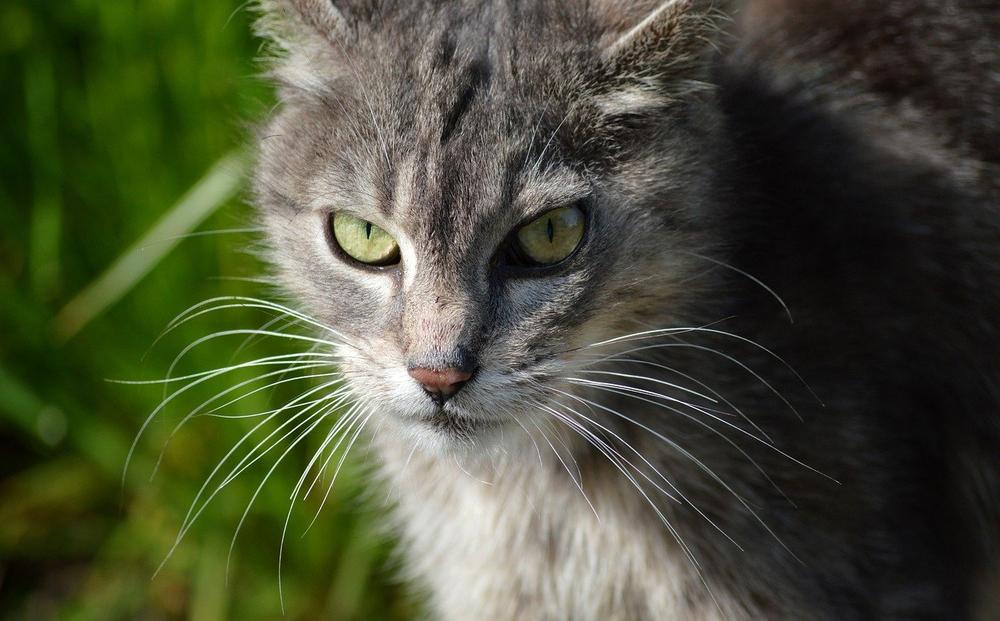
Now that you have taken steps to address litter box woes in a multi-cat household, you might be wondering what else you can do to ensure your feline friends use the box consistently.
Well, I have some exciting strategies for you – including visual deterrents and creative solutions – that will keep your cats focused on their designated spot. Trust me, you won't want to miss out on these ideas.
So, let's dive right in and explore how to deter cats from eliminating outside the litter box!
Surface or Location Preference and Litter Box Problems
Cats have preferences for where they like to eliminate
Did you know that cats have their own favorite surface to use when they go to the litter box?
Some cats like soft, sandy litter while others prefer a harder surface like tile or linoleum.
Understanding what your cat likes can help solve any litter box issues.
How to make the litter box more appealing
If your cat isn't using the litter box, it's possible that they just don't like it. There are a few things you can try to make the litter box a more inviting place for your furry friend.
For example, you can use bright lights or double-sided sticky tape to discourage them from going outside the box. You can also put motion sensors or tin foil around the area to keep them from using other spots.
Create a quiet spot for the litter box
Cats value their privacy and prefer a peaceful environment when they use the litter box.
One way to encourage good litter box habits is by creating a quiet area specifically for the box.
You can turn a spare room or a secluded corner into a designated spot where your cat feels secure and undisturbed.
By providing them with a calm space, you'll minimize distractions and increase the likelihood of consistent litter box usage.
Cats often mark their territory or establish ownership over a new box.
By understanding their preferences and making appropriate adjustments, you can solve litter box problems and create a more comfortable environment for your feline companion.
Now, you might be wondering how to address more complex litter box problems and if there are any potential health issues that could be causing your cat's frequent use of the litter box.
Let's dive into this key topic and explore potential solutions that will ensure your cat's well-being and comfort:
What Not to Do if Your Cat Has a Litter Box Problem
If your cat is having trouble with the litter box, remember these simple do's and don'ts:
- Don't punish your cat or resort to harsh methods of training.
- Avoid shouting at or hitting your cat when accidents happen.
- Rubbing their nose in the mess is a big no-no.
- Ignoring the problem won't make it disappear, so tackle it head-on.
- Skip scented litter that might discourage your cat from using it. 🐾
- Avoid cramming too many litter boxes into your home.
- Resist the urge to constantly move the litter box around.
- Regularly clean the litter box and keep up with maintenance.
- Make sure your furry friend gets plenty of attention and love.
- Always follow your vet's advice - it's really important.
Being patient and using positive reinforcement are key when retraining your cat.
If your cat seems constipated or has any other troubles, consult a vet for guidance.
They can suggest dietary changes or even probiotics if needed.
Finally, create a cozy and neat litter box area, ensure there are enough toys for entertainment, and give your cat lots of affection.
This should help resolve those pesky litter box issues!
And remember, if you're wondering why your cat is sitting in the litter box but not peeing, I have the perfect resource for you.
In my blog post Cat Sitting in Litter but Not Peeing, I share helpful insights into possible reasons for this behavior.
Don't let curiosity get the best of you; satisfy it by checking out my guide for a better understanding.
And that wraps up today's article.
If you wish to read more of my useful articles, I recommend you check out some of these: How Often Do Cats Pee, White Cat Poop, Do Cats Get a Winter Coat, Older Cat Not Eating but Drinking, and Why Is My Cat Thin at the Back End
Talk soon,
-Sarah Davis